Just 100 km from Rome lies a place where myth and reality intertwine in the most captivating ways. When I first visited Circeo National Park, I was immediately struck by its wild beauty and the feeling that I was walking through pages of ancient legends. This natural paradise stretches along the coast between Anzio and Terracina, offering nature lovers an extraordinary display of biodiversity just a short journey from Italy’s capital.
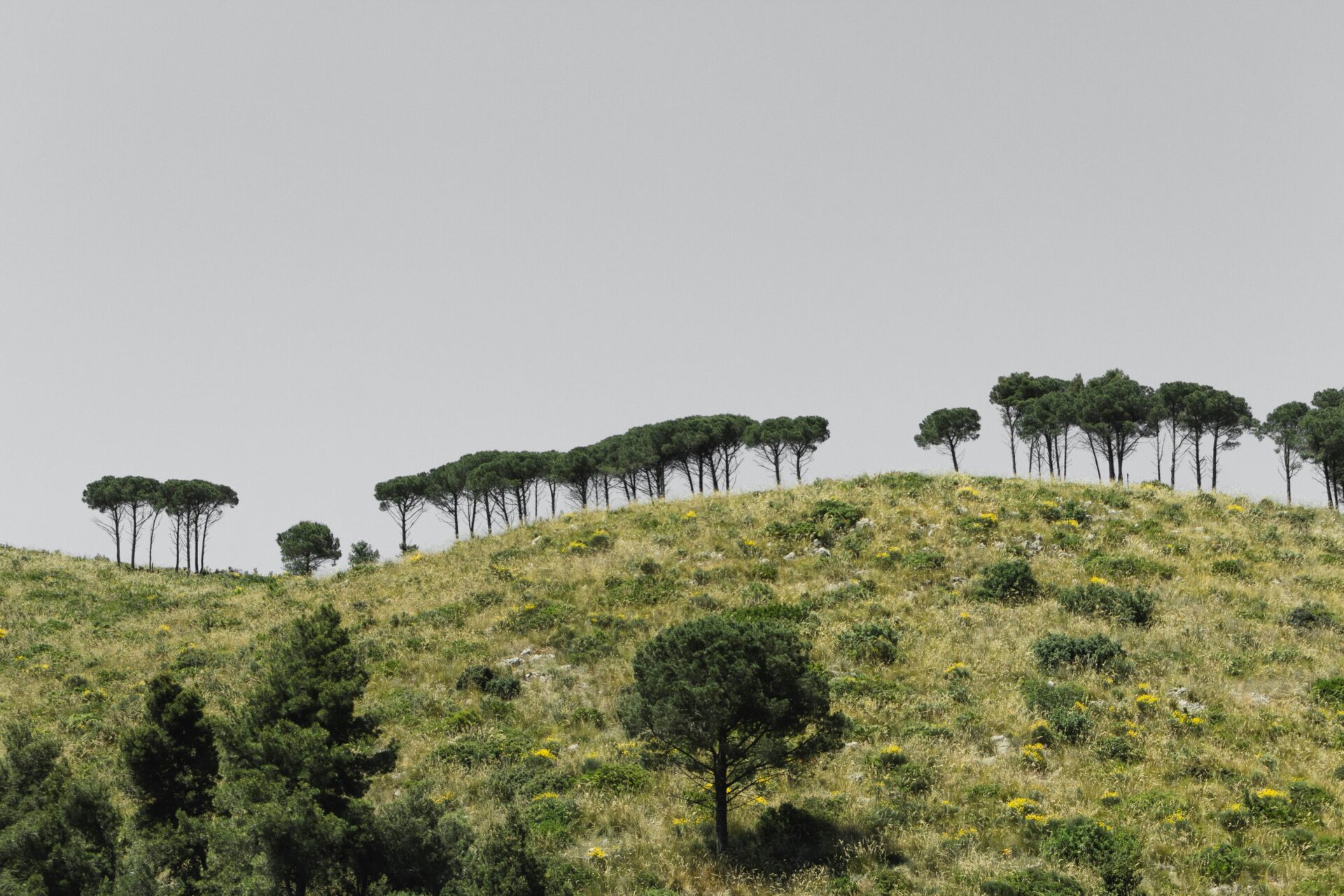
The park takes its name from Mount Circeo, believed to be the home of the sorceress Circe from Homer’s Odyssey. As I hiked through its lush forests and along dramatic coastal paths, I could understand why such magical stories took root here. The landscape shifts dramatically from dense woods to wetlands, sandy beaches to limestone caves, creating a mosaic of environments that have sheltered human life since prehistoric times.
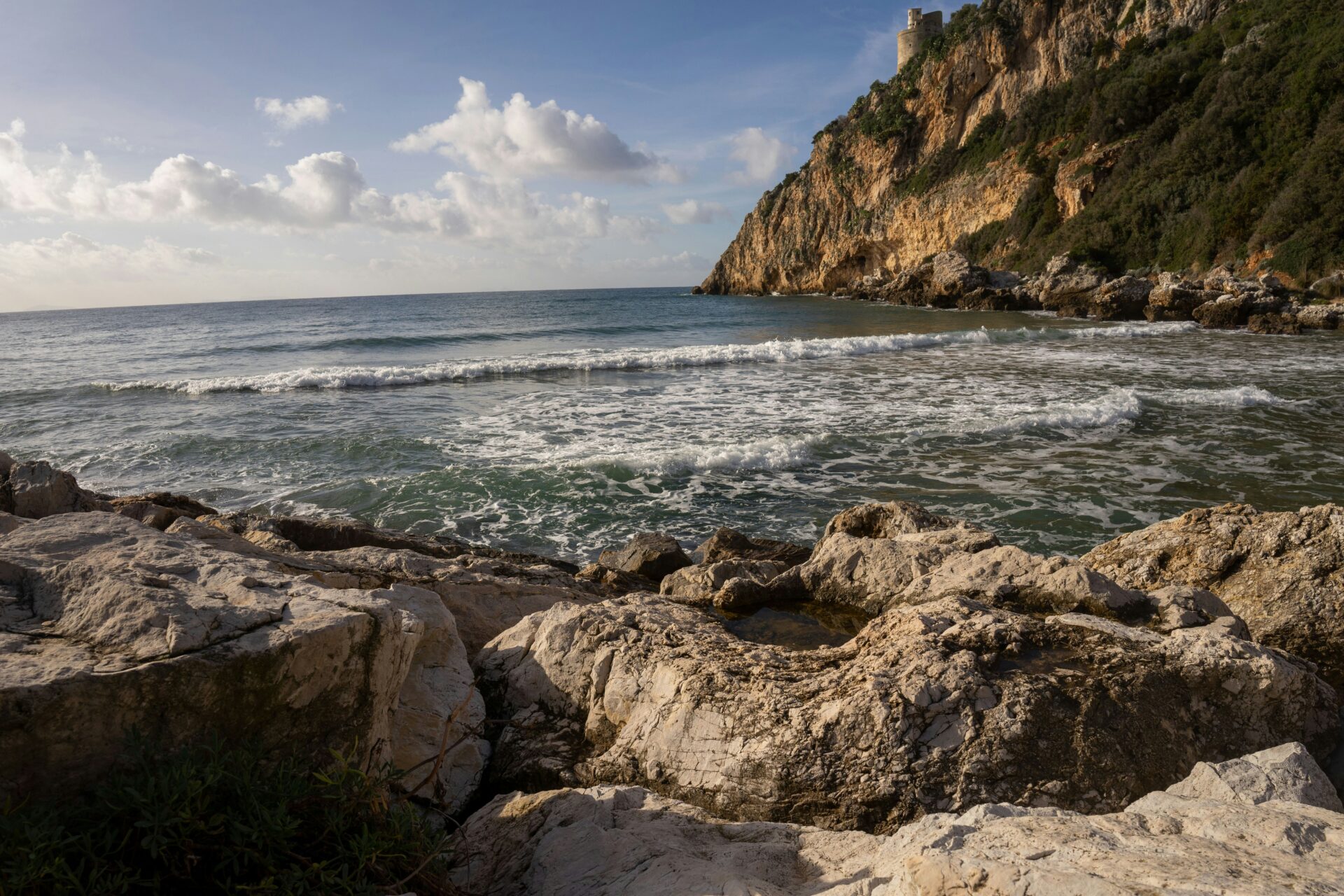
My explorations revealed not just stunning natural scenery but also fascinating historical sites that tell the story of human presence dating back thousands of years. Wildlife enthusiasts will be thrilled by the diversity of birds and other animals that call this protected area home. Each visit to Circeo offers something new to discover – whether you’re seeking outdoor adventure, cultural insights, or simply a peaceful retreat into nature just a stone’s throw from Rome.
The Enchanting Realms of Circeo
Circeo National Park captivates visitors with its blend of mythological wonder and natural diversity, creating an unforgettable landscape just 62 miles from Rome.
Legends of Ancient Rome and Circeo
The name Circeo comes from the sorceress Circe of Homer’s Odyssey, who allegedly transformed Odysseus’s men into swine on these very shores. I was fascinated to learn how deeply mythology is woven into the fabric of this region.

Roman emperors, including Nero, recognized the area’s allure and built luxurious villas along the coast. During my tour of the archaeological sites, I discovered remnants of these ancient Roman retreats nestled between rugged cliffs and azure waters.
The myths of Circeo traveled throughout the Near East and Mediterranean, inspiring artistic production for centuries. Local guides share these tales with such enthusiasm that the ancient world feels remarkably present.
The Lush Diversity of Circeo’s Landscapes
Established in 1934, Circeo National Park offers an astonishing variety of ecosystems in a relatively compact area. I’ve explored five distinct environments here:
- Ancient forest – One of Italy’s last remaining lowland forests
- Coastal dunes – Stretching for miles with unique flora
- Wetlands – Home to migratory birds and rich biodiversity
- Promontory – The distinctive mountain resembling a witch’s profile
- Zannone Island – Accessible by boat with pristine waters
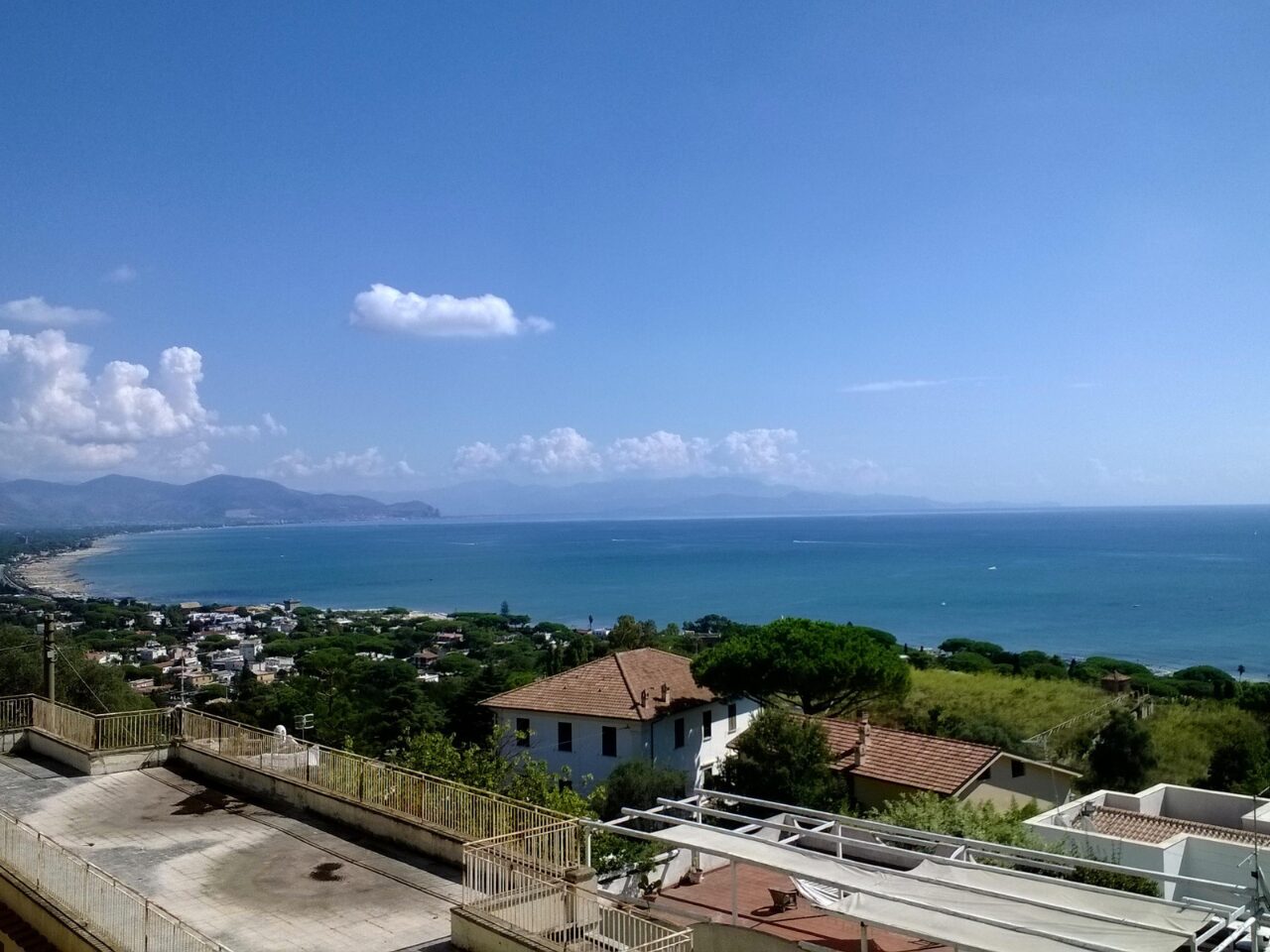
The park’s landscape transforms dramatically with the seasons. Spring brings wildflowers to the meadows, while autumn paints the forest in warm colors.
Embracing the Myths: Local Culture and Traditions
Local festivals celebrate Circeo’s mythological heritage with theatrical performances and culinary events. I participated in a summer feast where locals reenacted scenes from the Odyssey while serving traditional dishes.
The cuisine here reflects both the mountains and sea. In small trattorias, I’ve tasted dishes made with wild herbs gathered from the park, paired with local wines from vineyards growing in volcanic soil.
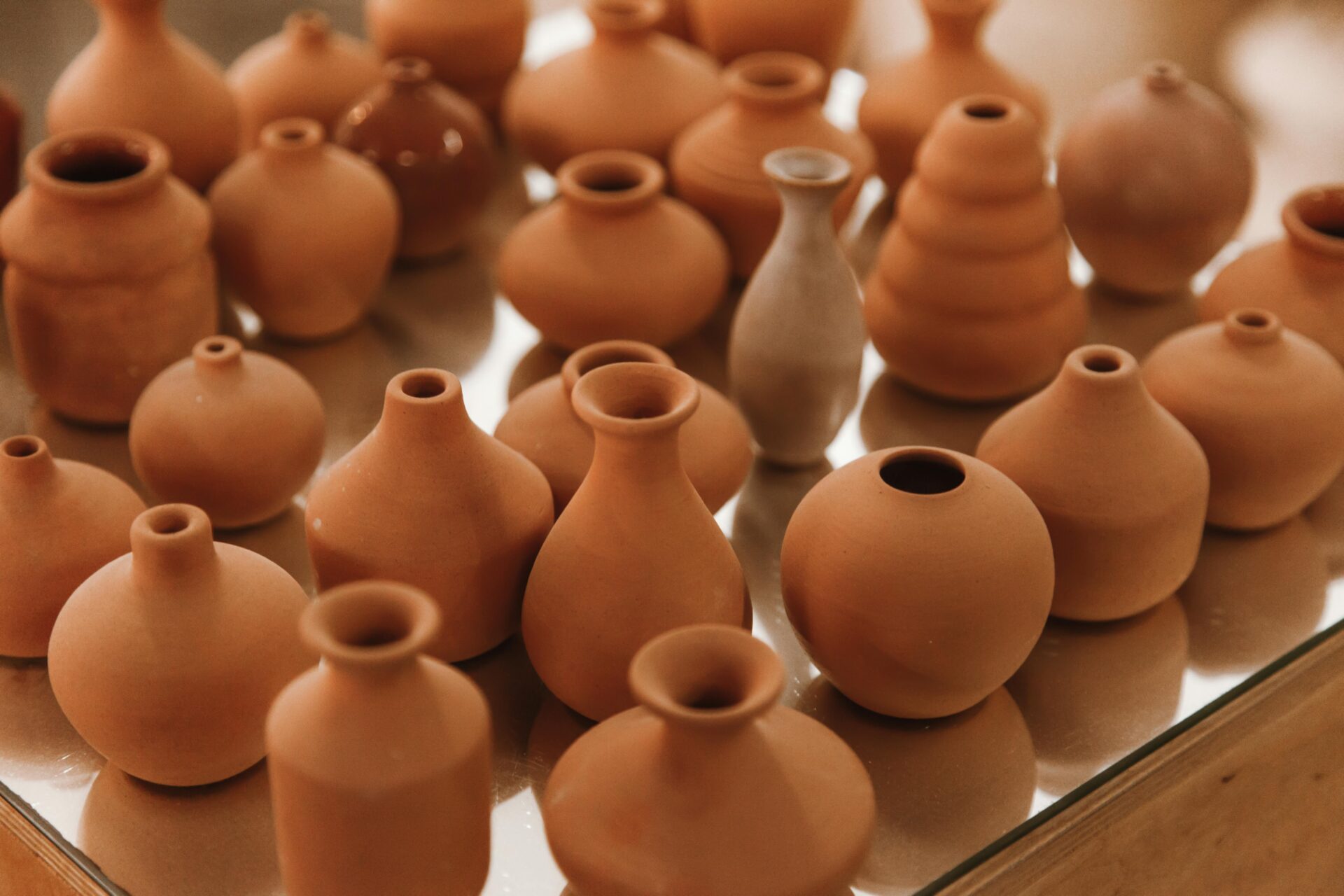
Artisans create works inspired by Circeo’s legends. Handcrafted pottery depicting Circe and Odysseus makes for unique souvenirs that connect you to this magical place.
Many locals still share stories passed through generations about enchanted caves and magical creatures said to inhabit the promontory. These tales add another layer of enchantment to my visits.
A Traveler’s Guide to Circeo’s Natural Wonders
Circeo National Park offers an astonishing variety of landscapes just 62 miles from Rome. When I visited this natural paradise, I discovered a perfect blend of diverse ecosystems that changed with each turn of the path.
Navigating the Wetlands: A Biodiversity Hotspot
The wetlands of Circeo are among Italy’s most important ecological zones. I spent a full day exploring these marshes, which serve as home to countless bird species and native plants.
Walking along the wooden boardwalks, I spotted flamingos and herons wading through the shallow waters. The best time to visit is early morning when wildlife activity peaks.
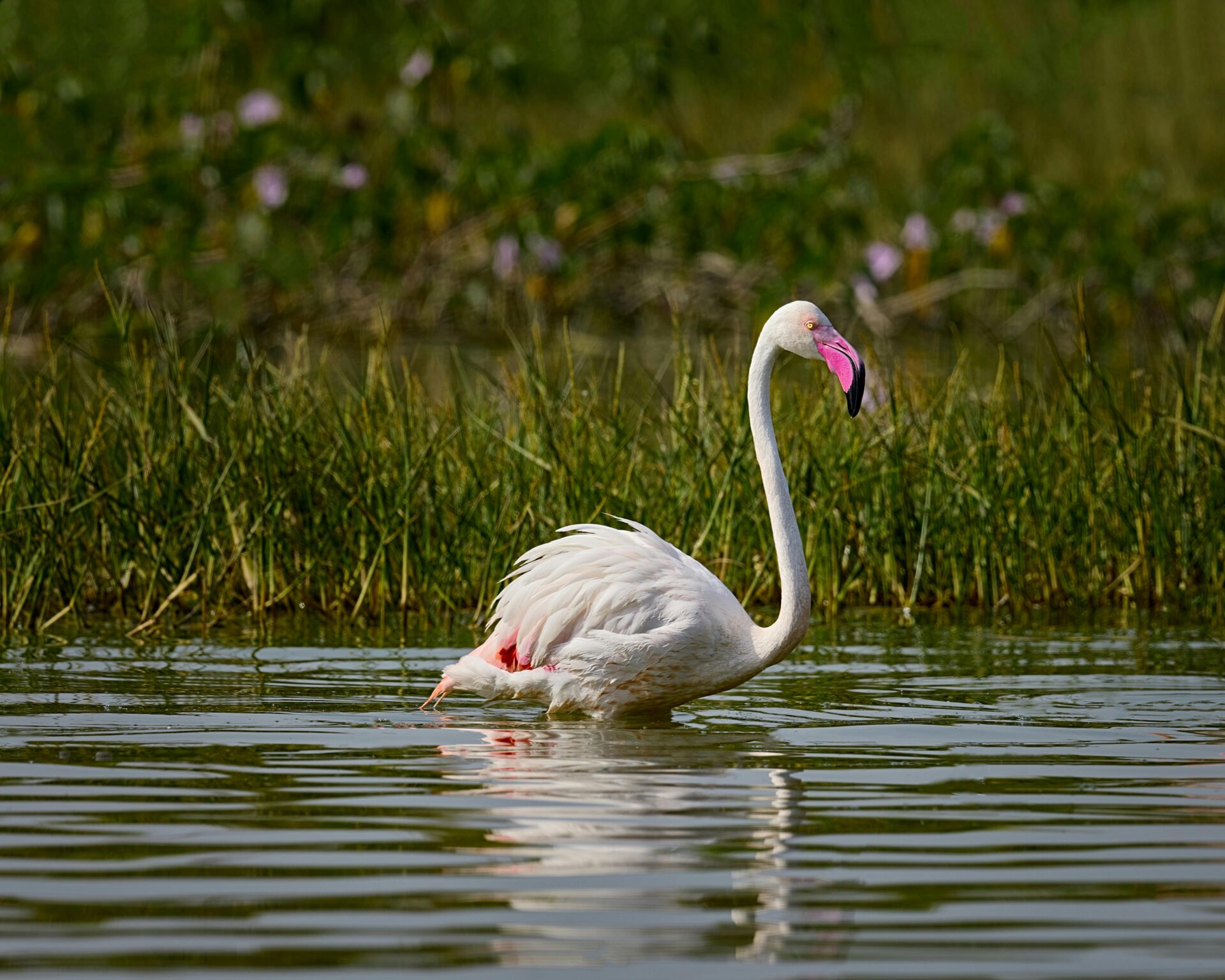
For the full experience, I recommend joining a guided tour. Local naturalists explain the delicate balance of this ecosystem while pointing out easy-to-miss species.
What impressed me most was how accessible these wetlands are for all visitors. Even families with children can enjoy the shorter paths that provide excellent viewing points without disturbing the habitat.
The Pristine Beaches of the Tyrrhenian Sea
The coastline of Circeo National Park stretches along the stunning Tyrrhenian Sea with beaches that remain surprisingly unspoiled.
My favorite spot was the area near San Felice Circeo, where clear turquoise waters meet soft golden sand. Unlike many Italian beaches, these shores aren’t overcrowded, even during summer.
Swimming here is a genuine pleasure. The water quality is excellent, and gentle slopes make it safe for families. I found the best swimming conditions in the morning before the afternoon winds pick up.
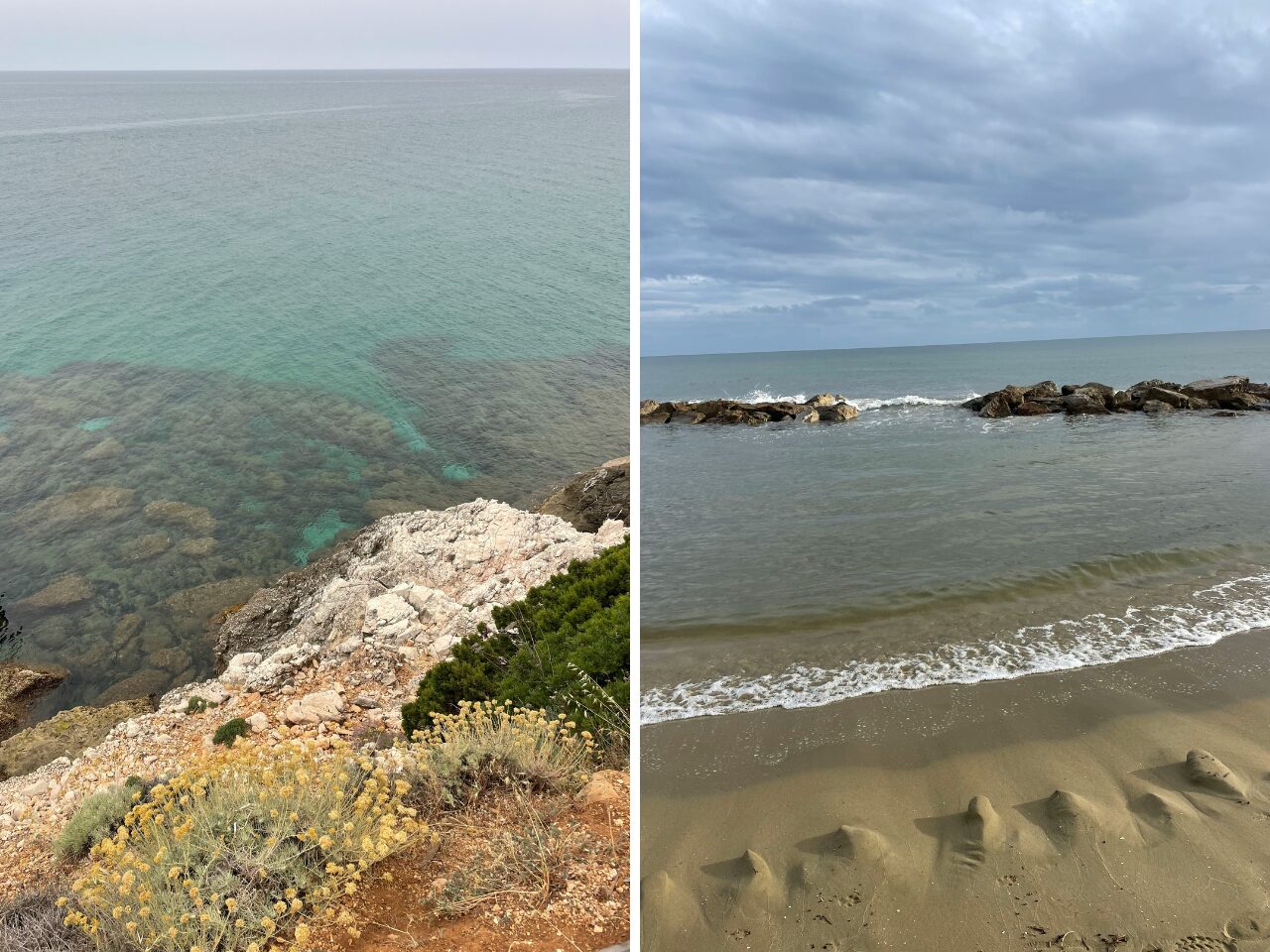
Beach amenities vary by location:
- Sabaudia Beach: Full services with rentals and cafés
- Selvaggia Beach: More natural with fewer facilities
- Torre Paola: Crystal waters perfect for snorkeling
The Majestic Apennines: Hiking and Panoramic Views
The inland trails of Circeo offer a completely different experience as they wind into the foothills of the Apennines. I hiked several paths during my visit and was rewarded with breathtaking panoramas.
The trail to Monte Circeo summit is challenging but worth every step. At 541 meters above sea level, I could see the entire coastline and, on clear days, even spot islands in the distance.
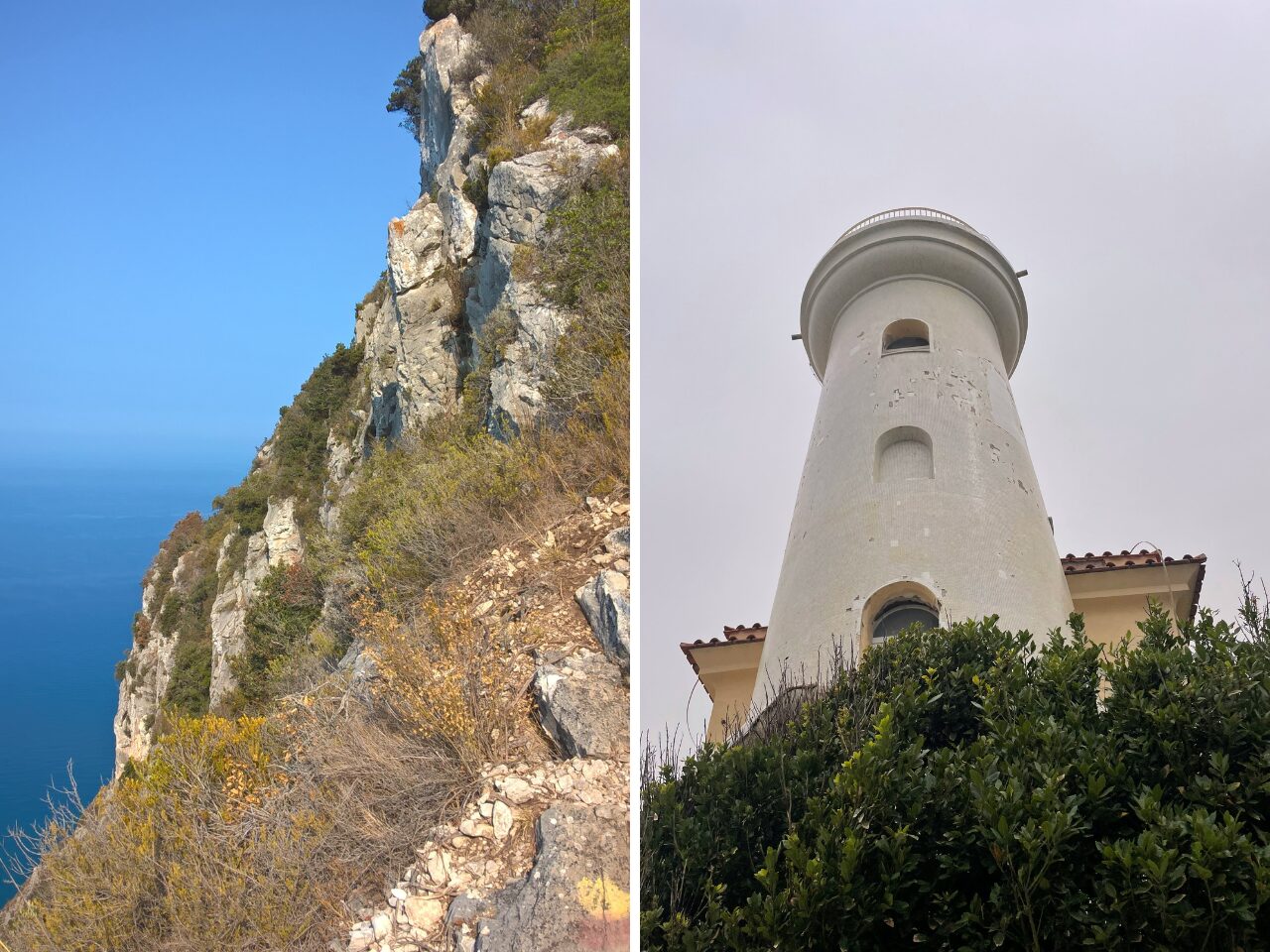
For beginners, I recommend the Sentiero del Faro (Lighthouse Path) which offers similar views with less strenuous climbing. Proper hiking shoes are essential on all trails.
Spring and fall provide the most comfortable hiking temperatures. I always pack plenty of water and a picnic to enjoy at one of the many scenic overlooks that dot these ancient mountains.
Circeo’s Heritage: A Journey Through Time
Circeo National Park holds centuries of human history within its boundaries, where ancient peoples and modern civilizations have left their mark on this enchanting landscape just 62 miles from Rome.
Unveiling Circeo’s Historical Tapestry
Walking through Circeo feels like stepping through different chapters of history. Founded in 1934, this park preserves not just natural beauty but also significant historical sites.
I discovered that San Felice Circeo, often called the “pearl” of the national park, tells stories from many time periods. The town is protected by ancient walls that speak of its strategic importance throughout the centuries.
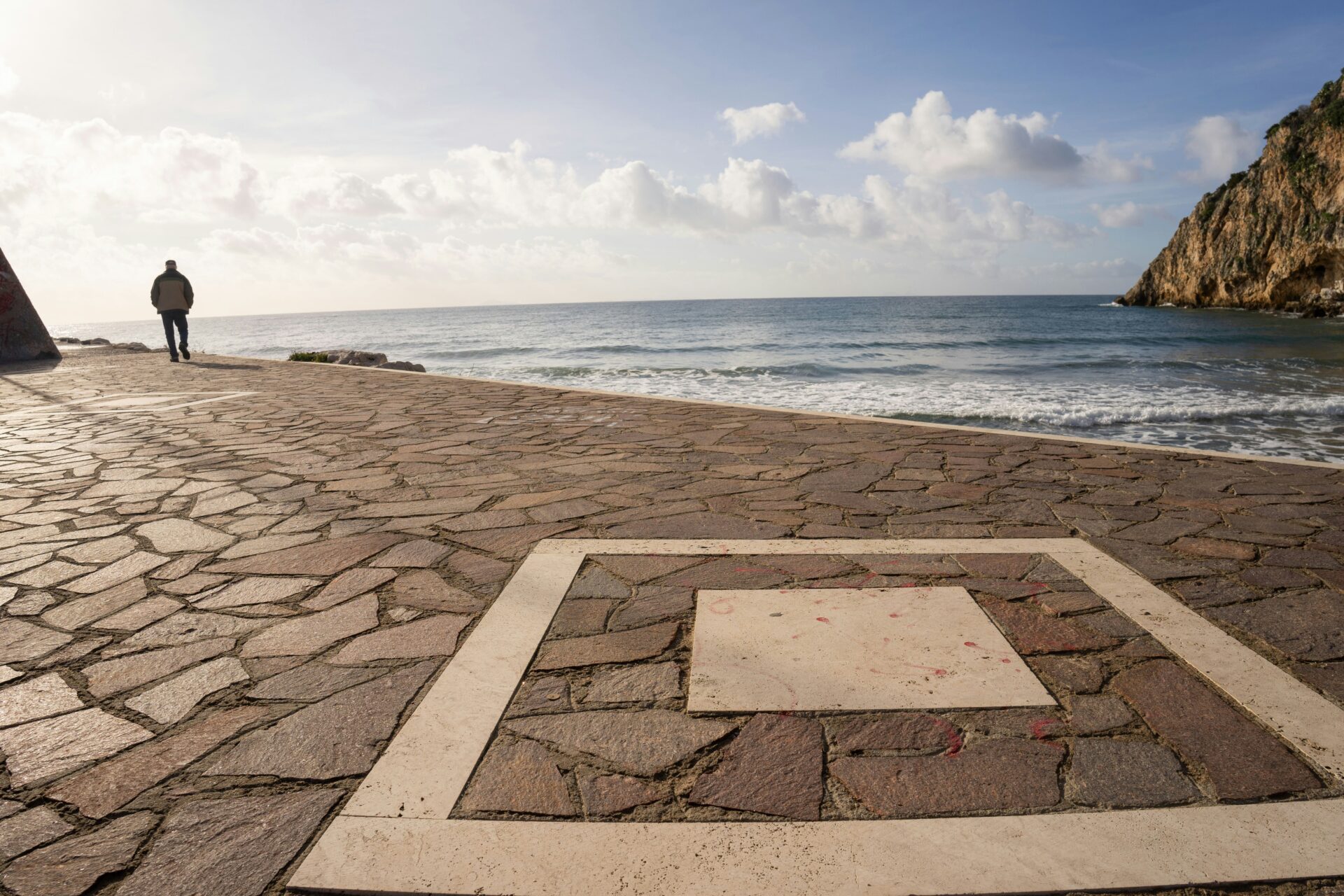
The area’s connection to mythology runs deep. As I explored the region, locals shared tales of the sorceress Circe, who according to Homer’s Odyssey, transformed Odysseus’s men into swine. This mythological connection gives the mountain and surrounding areas their name.
Neanderthal Presence and Human Evolution
One of my most fascinating discoveries was learning about the Neanderthal presence in Circeo. In 1939, archaeologists found a remarkably preserved Neanderthal skull in one of the coastal caves.
This significant find helped scientists better understand human evolution and Neanderthal culture in the Mediterranean region. The caves where these remains were discovered can still be visited today.

I was amazed to learn that these early human relatives lived here between 50,000-70,000 years ago. They used the caves as shelter while hunting and gathering in the diverse landscape that’s largely unchanged today.
Archaeological Sites: Evidences of an Ancient Past
Throughout my exploration of Circeo, I encountered numerous archaeological sites that reveal layer upon layer of human activity. Roman ruins dot the landscape, including remnants of wealthy Roman villas that once overlooked the beautiful coastline.
The ancient Volsci people left their mark here before the Romans arrived. I found evidence of their settlements as I hiked through the park’s varied terrains.
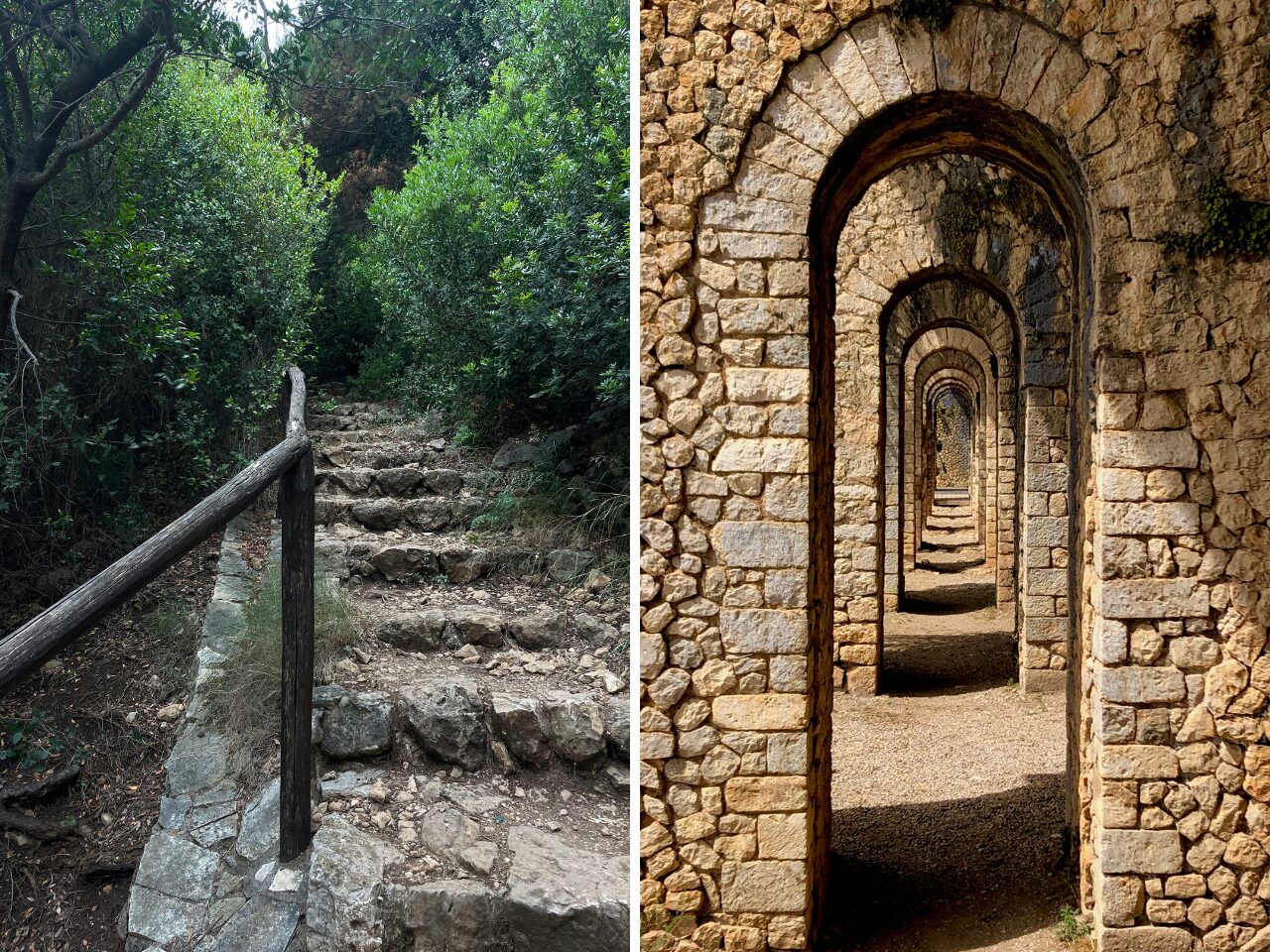
What makes these archaeological discoveries so special is how they’re embedded within the park’s natural beauty. A temple ruin might appear around a bend in the trail, or ancient stone walls might frame a spectacular view of the Tyrrhenian Sea.
Some of the most accessible sites are near San Felice Circeo, making them perfect for history enthusiasts who want to experience both natural wonders and human heritage in one remarkable journey.
Discovering the Heart of Circeo National Park
Circeo National Park offers diverse landscapes and charming villages just 100 kilometers from Rome. The park’s core areas blend natural wonders with rich cultural heritage, creating an unforgettable experience for visitors.
San Felice Circeo: A Hub for Nature and History Enthusiasts
Walking through San Felice Circeo, I immediately felt the blend of myth and reality. This charming town sits at the foot of Mount Circeo, where legend says the sorceress Circe once lived. The historic center features narrow medieval streets that wind uphill toward an ancient acropolis with stunning sea views.
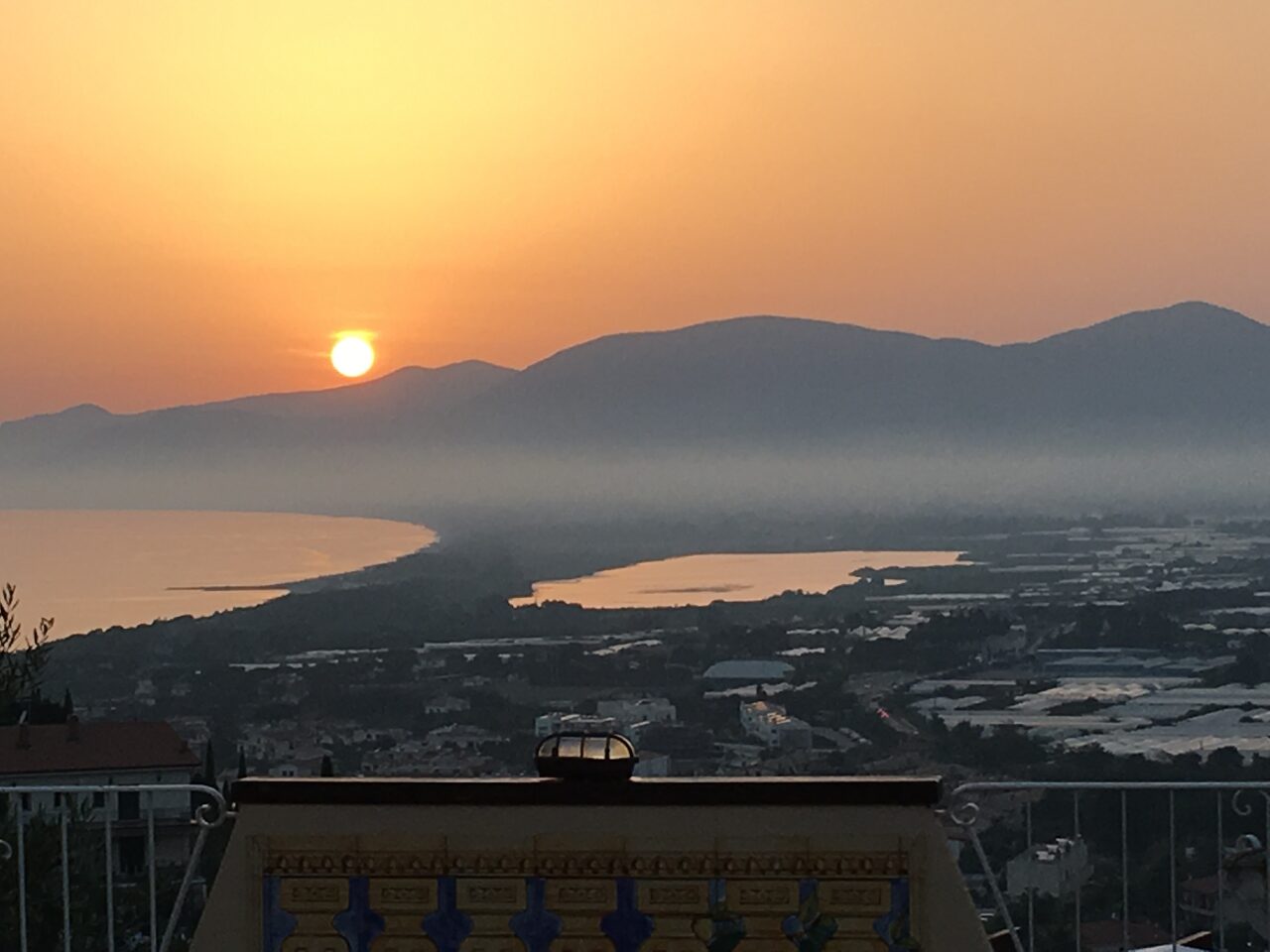
I spent hours exploring the nearby caves, including Grotta Guattari, famous for its Neanderthal remains. The area’s rich biodiversity became apparent during my hike along the promontory trail. Here, Mediterranean scrub thrives alongside rare plant species.
Local restaurants serve dishes made with wild herbs and fresh seafood – a true taste of the region’s bounty. The town serves as an ideal base for wildlife enthusiasts, with easy access to bird watching spots and nature trails.
Sabaudia: The Charm of Urban Planning Amidst Nature
Sabaudia surprised me with its unique blend of rational architecture and wild landscapes. Built in the 1930s, this planned town showcases distinctive rationalist buildings that somehow complement the surrounding natural beauty.
The town sits between Lake Paola and a stunning coastline with pristine dunes and crystal-clear waters. I rented a kayak to explore the lake system – four coastal lakes that form a crucial habitat for migratory birds and local wildlife.
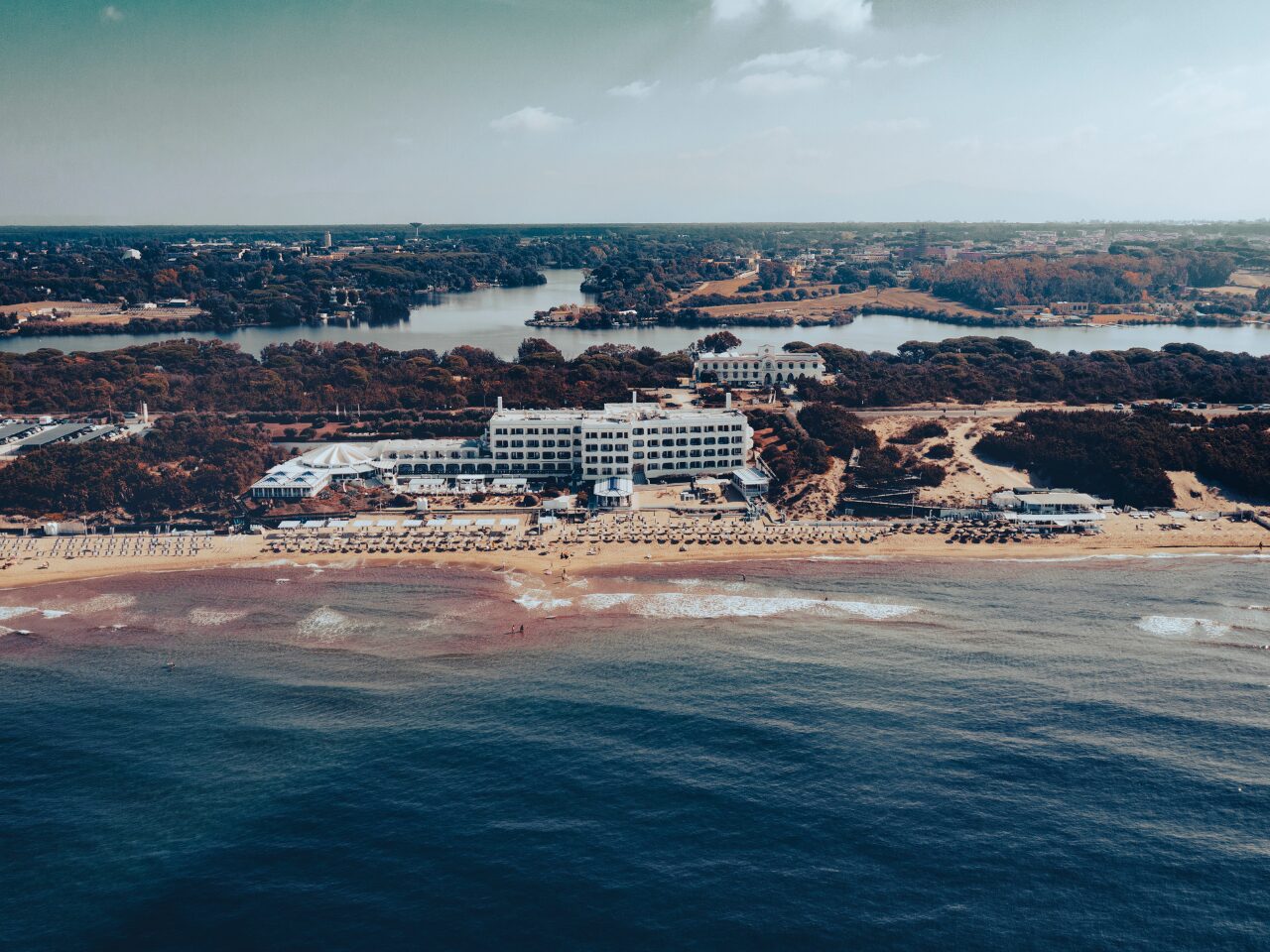
Sabaudia’s beaches stretch for kilometers, offering quieter spots away from summer crowds. During my visit, I spotted several protected bird species in the wetlands. The town’s position makes it perfect for those who want both cultural experiences and natural exploration without sacrificing modern comforts.
Fondi: A Melting Pot of Nature, History, and Agriculture
My journey to Fondi revealed a town where agriculture and wilderness exist in harmony. Located at the park’s edge, Fondi balances farmland with protected natural areas.
The historic center impressed me with its ancient walls and the imposing Castle of the Caetani family. I wandered through narrow streets lined with buildings spanning Roman, medieval, and Renaissance periods.
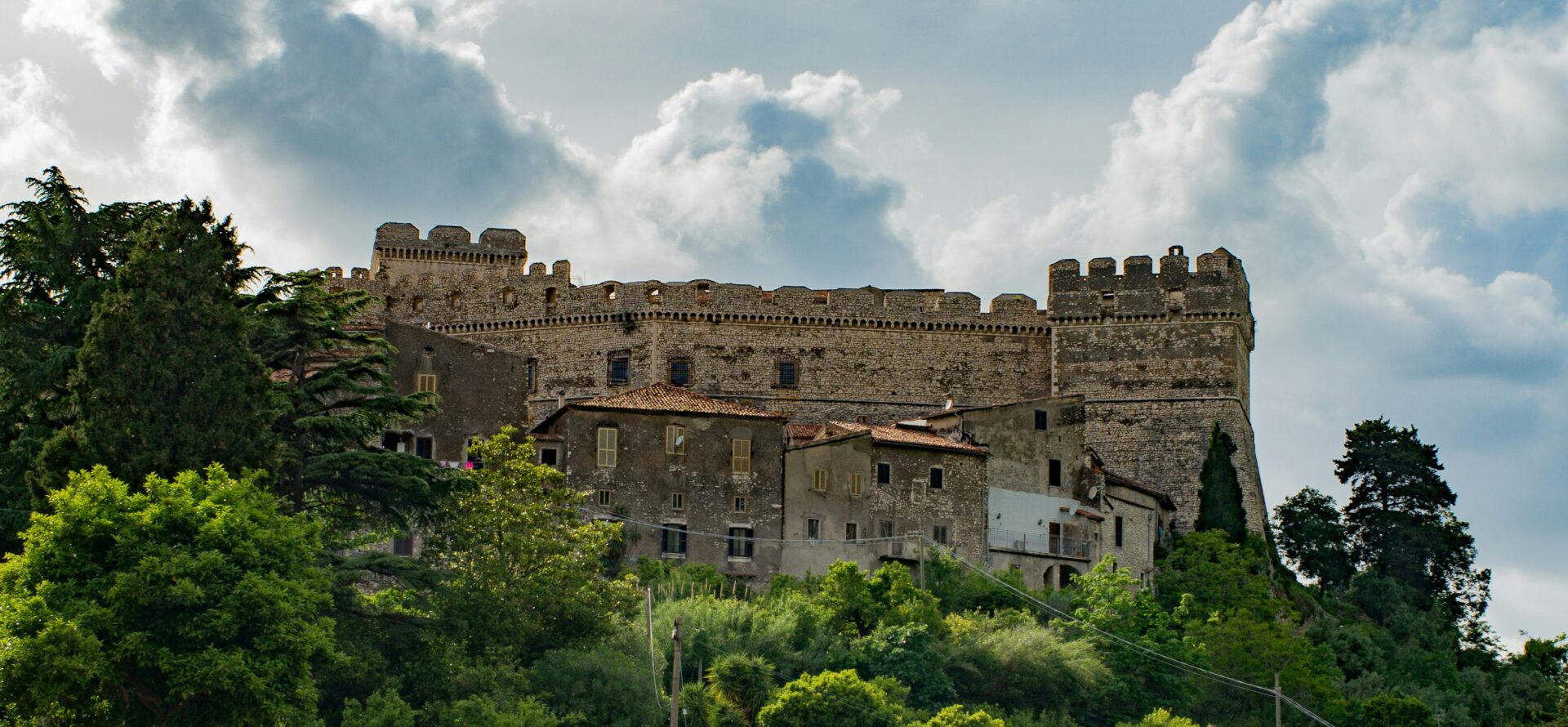
Fondi’s plain produces exceptional citrus fruits, olives, and vegetables. Local farmers markets offer these fresh products, which I found delicious and affordable. The nearby Fondi Lake nature reserve provides habitat for numerous bird species and unique wetland plants.
Hiking trails connect the town to wilder parts of the park, making it easy to transition from cultural exploration to nature immersion. The mix of history, agriculture, and wildlife makes Fondi a fascinating yet often overlooked part of the Circeo experience.
Relaxation and Adventure: Activities for Every Traveler
Circeo National Park offers the perfect balance of tranquility and excitement. Whether you’re seeking peaceful moments by the sea or thrilling outdoor adventures, this natural paradise has something for everyone.
Leisure by the Sea: Beaches Primed for Relaxation
I found the beaches of Circeo to be absolutely stunning. The coastline stretches for miles, with soft golden sand meeting the crystal-clear Tyrrhenian Sea.
My favorite spot is near Sabaudia, where the beaches are less crowded even during summer months. Here, you can rent umbrellas and loungers for a day of pure relaxation.
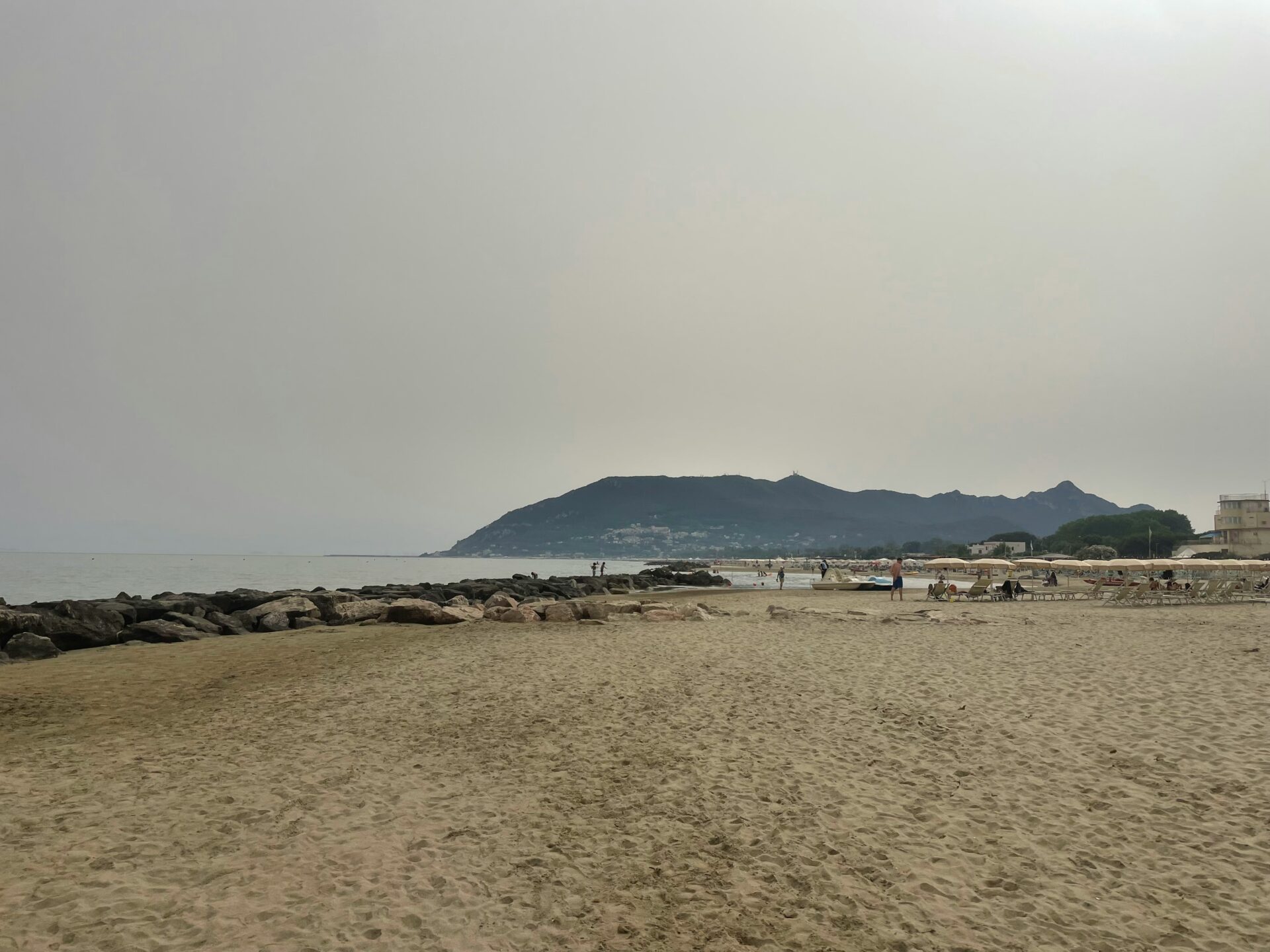
The gentle lapping of waves creates a soothing backdrop as you soak up the Mediterranean sun. For those seeking refreshment, beachside cafés offer cool drinks and local snacks.
Don’t miss the spectacular sunset views from the shoreline. The sky transforms into a canvas of orange and pink hues, creating the perfect end to a day of seaside bliss.
Trekking the Trails: Hiking Adventures for All Levels
The hiking network throughout Circeo National Park impressed me with its variety and accessibility. Trails range from easy walks to challenging treks, making it perfect for all experience levels.
For beginners, I recommend the coastal path that winds along the dunes. It’s relatively flat and offers breathtaking sea views throughout the 3-mile route.
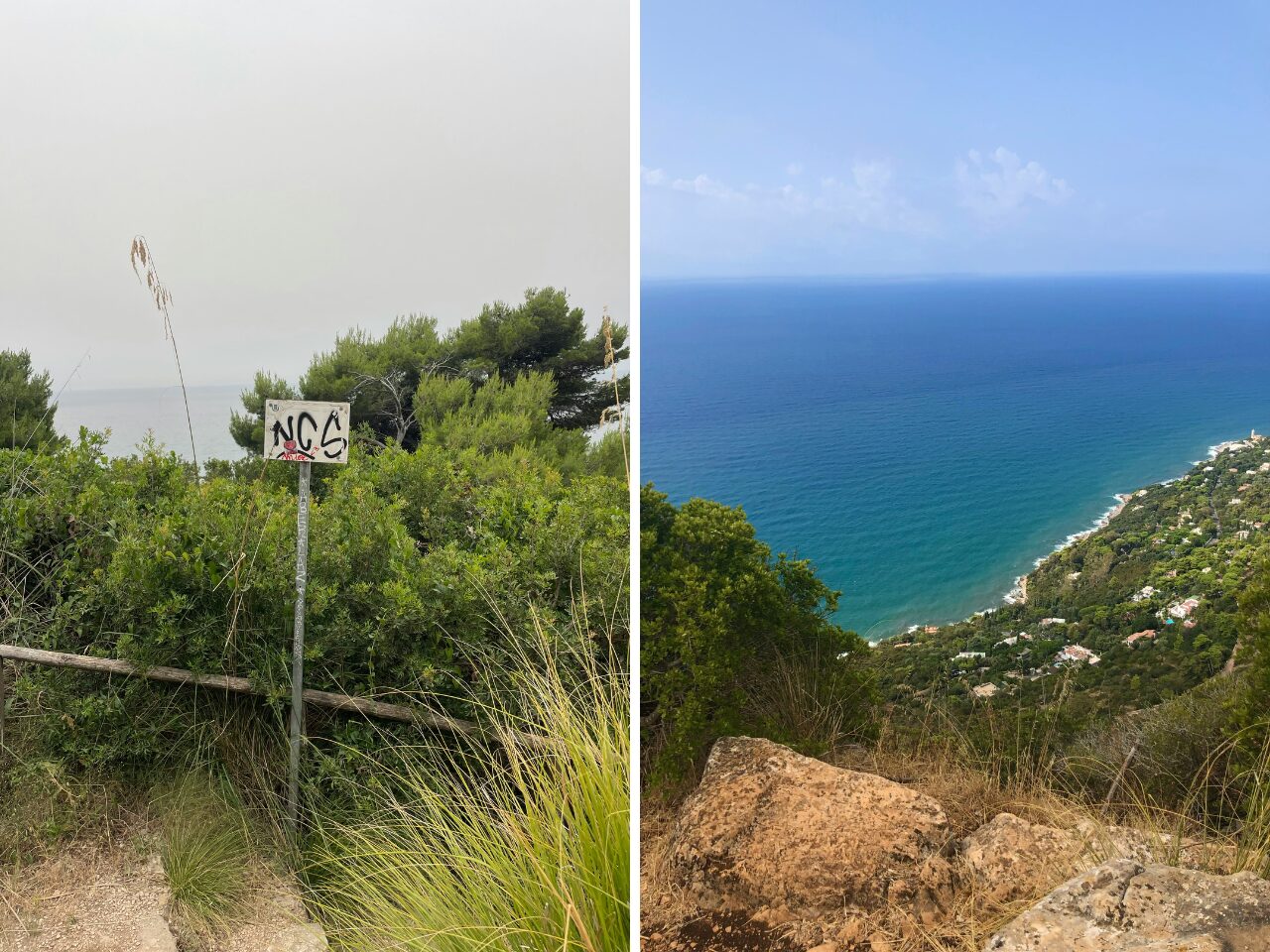
More experienced hikers should tackle Mount Circeo itself. The trail climbs through dense Mediterranean forest before opening to panoramic vistas of the entire park and coastline.
I was surprised by how well-marked the paths are, reducing any panic about getting lost. Most routes can be completed in 2-4 hours, making them perfect for morning adventures before the midday heat.
Close Encounters with Wildlife: Bird Watching and Beyond
Fogliano Lake transformed my understanding of biodiversity. This wetland sanctuary within the park hosts over 260 bird species, making it a birdwatcher’s paradise.
I recommend bringing binoculars to spot flamingos, herons, and various migratory birds. The observation platforms are strategically placed for optimal viewing without disturbing the wildlife.

Beyond birds, the park’s diverse ecosystems support wild boars, foxes, and numerous butterfly species. The spring months offer the best wildlife spotting opportunities.
Guided tours are available for those wanting expert insights. During my tour, the guide pointed out rare species I would have completely missed on my own, including the elusive European pond turtle.

